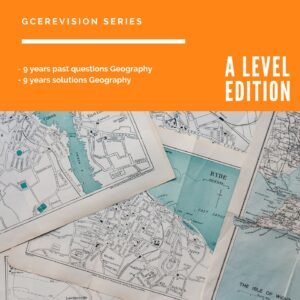microeconomics and macroeconomics
microeconomics and macroeconomics
Microeconomics and macroeconomics are two of the largest subdivisions of the study of economics.
Microeconomics analyses the economic behavior of any particular decision-making unit such as a household or a firm. It studies the flow of economic resources or factors of production from the households or resource owners to business firms and flow of goods and services from business firms to households. It studies the behavior of individual decision-making unit with regard to fixation of price and output and its reactions to the changes in demand and supply conditions. Hence, microeconomics is also called price theory.
On the other hand, macroeconomics studies the behavior of the economic system as a whole or all the decision-making units put together. Macroeconomics deals with the behavior of aggregates like total employment, gross national product (GNP), national income, and general price level. So, macroeconomics is also known as income theory.
In short, microeconomics cannot give an idea of the functioning of the economy as a whole. Similarly, macroeconomics ignores the individual’s preference and welfare.









